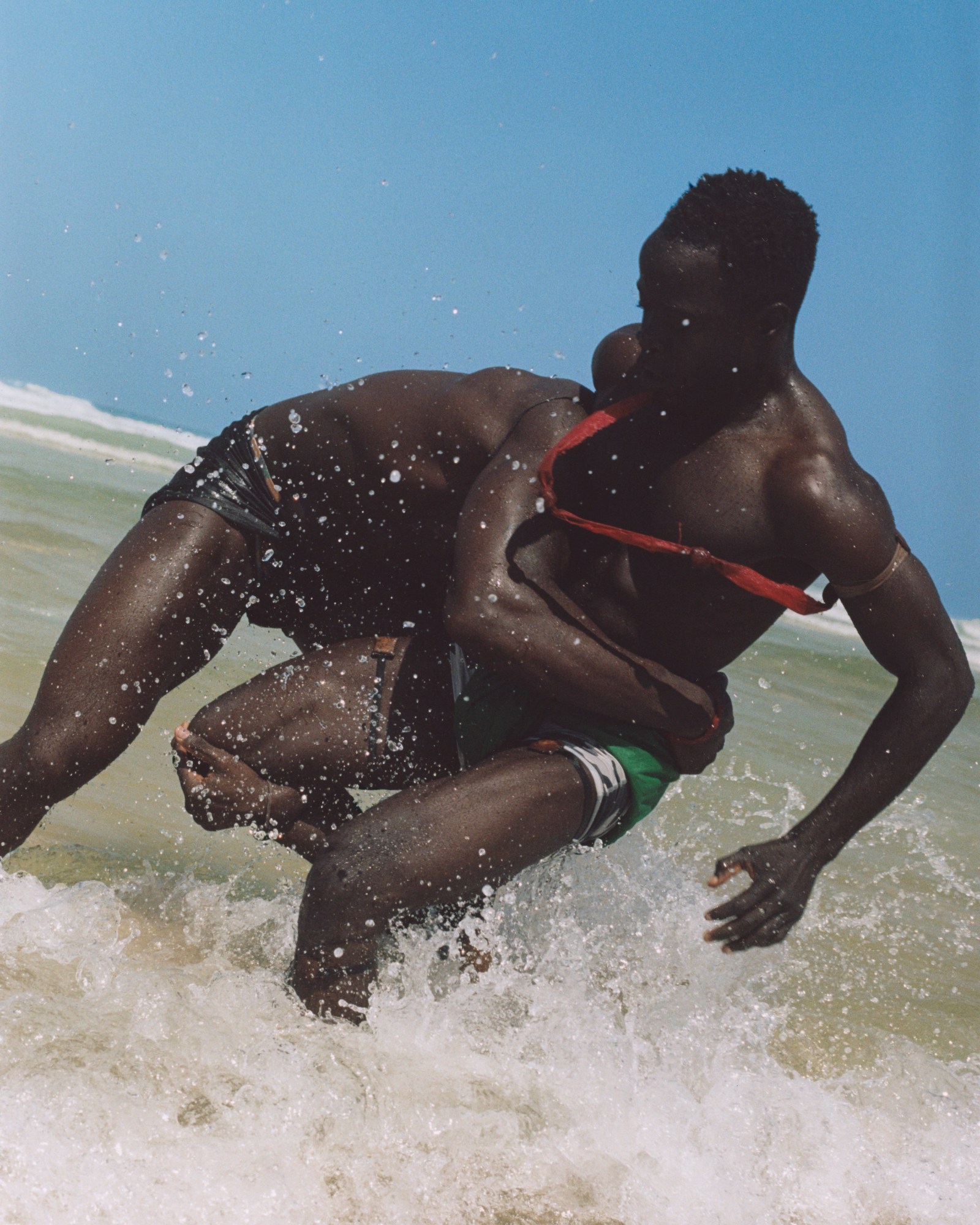In late 2023, the photographer Skyler Dahan found himself in Dakar, the bustling seaside capital of Senegal. He returned home to Paris inspired by what he’d found there, and dug deeper into its history and traditions. “I fell in love with its craziness,” Dahan says, “and wanted to return with more intention.”
During his research, he’d read about folk wrestling, the country’s national sport. The roots of it stretch back to the 14th century – popular amongst Muslim communities to mark the end of Ramadan – and over time it’s built into a grandiose spectacle that sees thousands of people spill into arenas to watch it. Today, the budding wrestlers often meet on the beach, training on the sand as the sun sets, hiding somewhat from the heat of the day. Dahan met some of them in December last year as they prepared for a tournament. “I wasn’t necessarily looking for the best or strongest fighters,” Dahan says. “Just the ones with a story to tell and dreams to catch.” The resulting images – kinetic, mesmerising – capture the tension and beauty of the sport and the men who take part in it.
Here, Dahan describes his intentions with his photography, how the folk wrestling project came to be in deeper detail, and what he learned about himself from the young fighters he met.
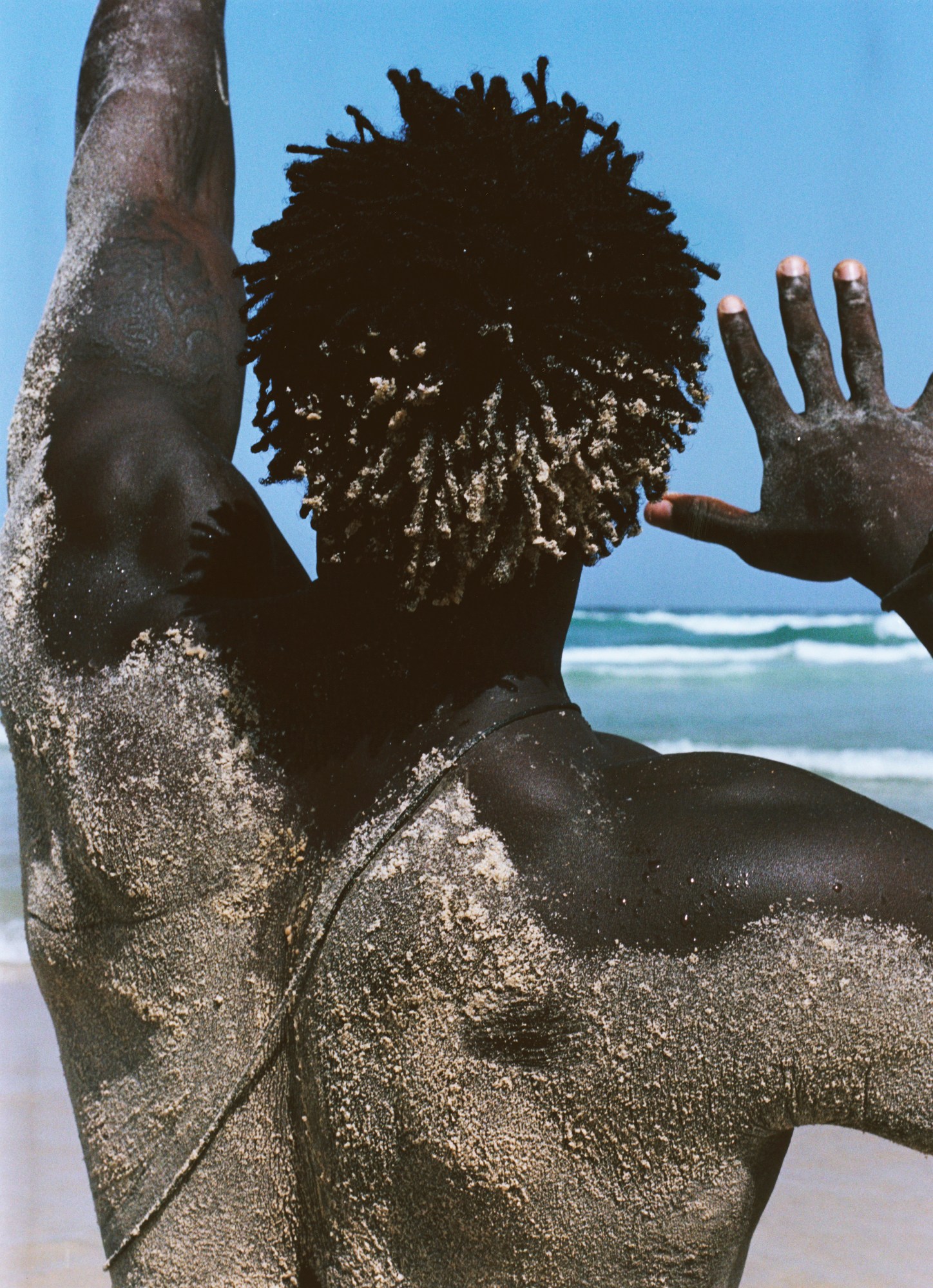
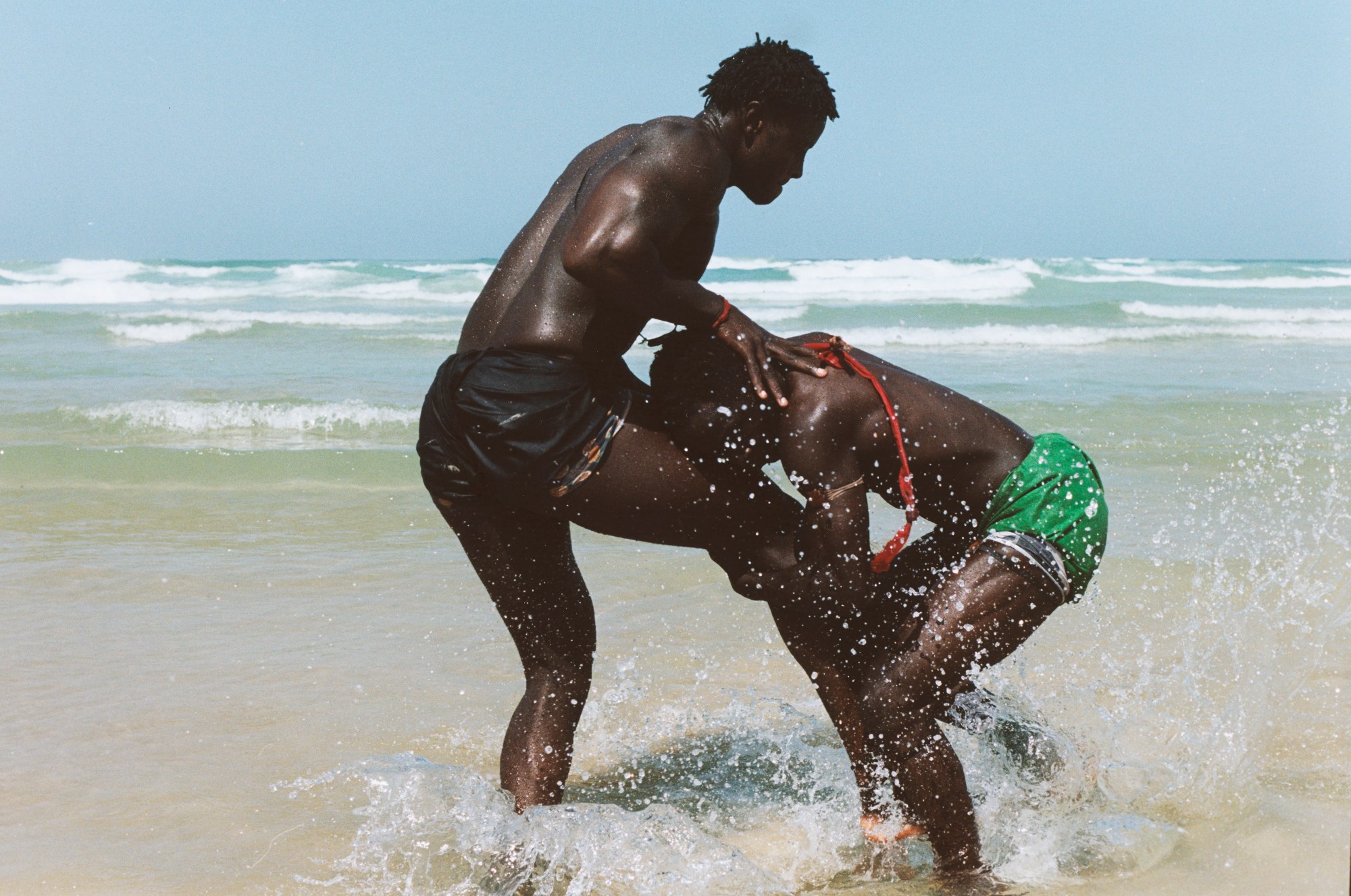

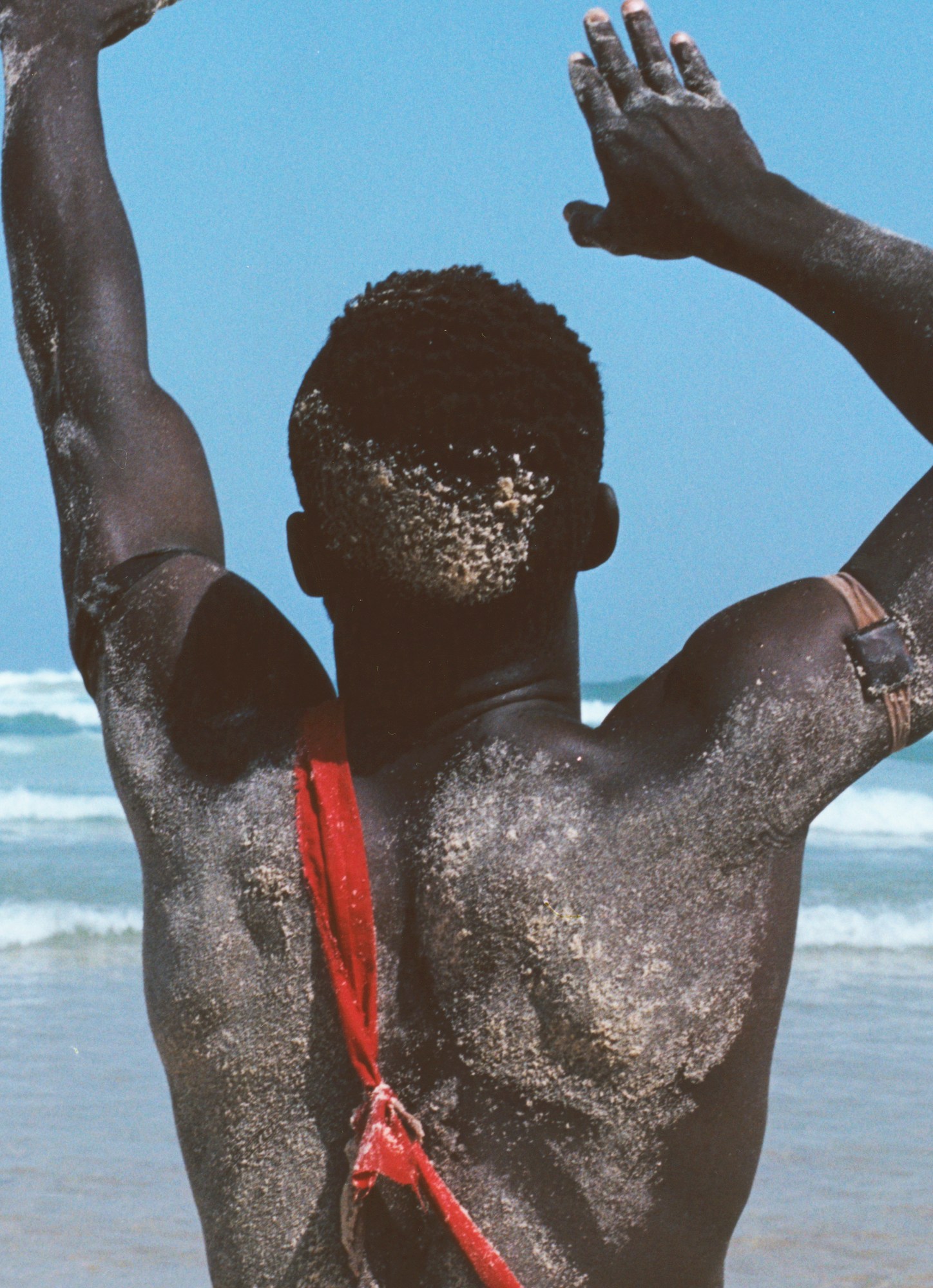
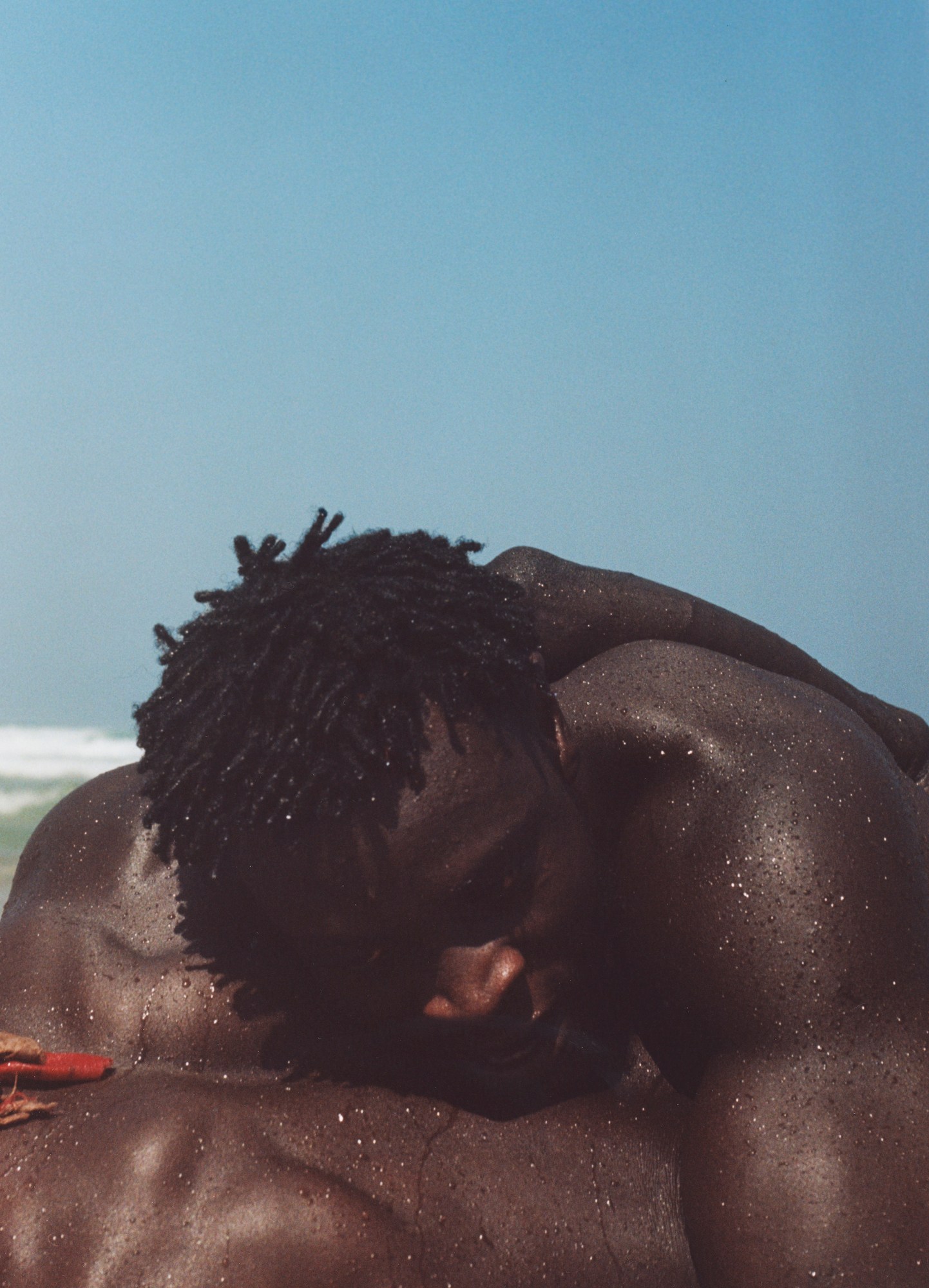





How do you describe what you do?
My work is oriented around offbeat, everyday moments and my travels around the world. I’m intrigued by quirky people, different cultures and landscapes – they eventually become elements in my own narrative. I want to say I live between photo and video but recently I’ve become tired of social media trends. I’m feeling more drawn to my original roots in photography.
Where did the idea for the project originate from?
I’d always dreamed of going to Senegal. I wanted to eat the local food, surf the waves and immerse myself in a new environment. I had an image of the country in my head, pieced together from vintage surf films, YouTube videos, and Anthony Bourdain. It wasn’t until I was living in a Senegalese neighbourhood in Paris that I felt closer to the culture. Next thing I knew, I had booked a small room at a hostel and was on a plane.
My first visit eclipsed my expectations, largely because I didn’t know what to expect. I was staying in a modest hostel on the beach in Yoff. I’d wake up before sunrise and walk along the beach, witnessing scenes that seemed plucked from a film. The sun rose early, but the beach was already full with locals. Everyone was walking to work or doing some kind of physical activity. I’d watch the morning fog roll in, covering the sun, creating a strange and ambient light. Once the sun rose over the fog, the shadow cast thousands of silhouettes – all the locals – across the beach. I’d never seen anything like that before. There were other unique scenes too: going to the nearby market, Marché Kemel, and eating shoulder to shoulder with locals; watching a wrestling match at a friend’s home. I noticed the Senegalese working with their hands, and living day by day. Living in Paris or Los Angeles, life is more structured and planned out. There is less spontaneity.
A year later, I found myself back at the same hostel on the beach. During my last visit, I’d heard about the wrestling scene. This time, I’d explore it up close. Full-contact wrestling is Senegal’s national sport, which I found unique. Its place in culture dates back to ancient times. I wanted to understand what it means to people in Dakar now, and to follow the rising athletes who’ve embraced it.
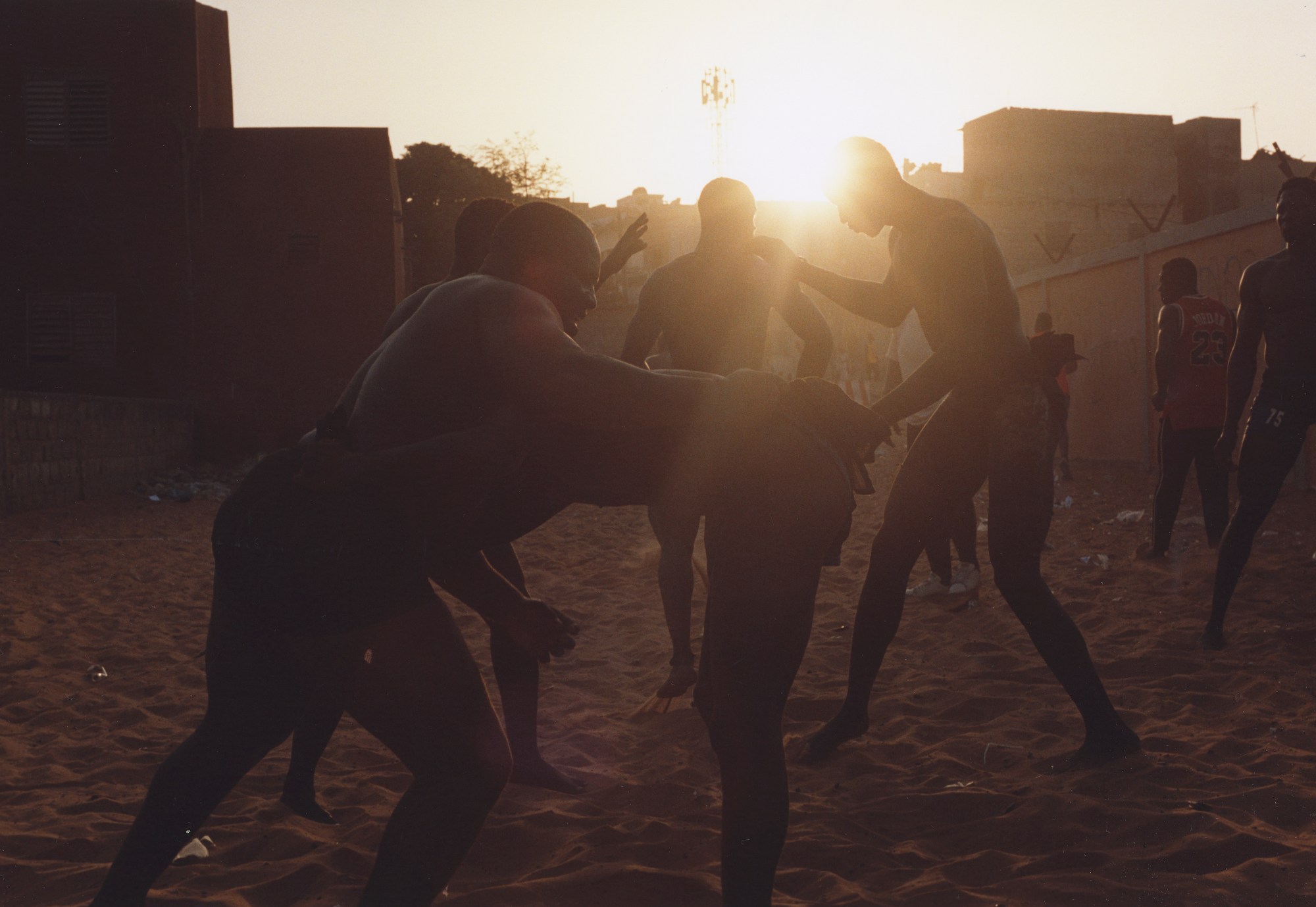
Did you have any revelations during the creation of it and, if so, what were they?
My revelation actually came before shooting: I had to learn to follow my gut. During my first visit to Dakar, I scoured the beach La Plage de Yoff, as well as the surrounding areas. I never saw any wrestlers. Ahead of my second trip, I started researching wrestling hotspots. I didn’t want to waste time when I arrived. A mutual friend from Senegal had said he could help me, and I’d contacted a local wrestling coach to act as a fixer. Nothing came of those connections. I felt sort of hopeless. The fixer demanded ridiculous rates. My mutual friend stopped texting back.
I realised that I had to believe the right plugs would happen, organically. I had to trust in myself. I headed to Dakar and went to Yoff an hour or two before sunset. A local told me that wrestlers would come to train as the sun set as it was too hot in the day. I knew Senegalese schedules and routines were a little looser than in the west. And I had no idea if there were upcoming matches. But I decided to wait near a beachfront training area, where I’d see young kids playing football. About an hour later, some young, super jacked, athletic types arrived. I introduced myself, and began sharing my work. I asked if they’d be open to me photographing them. A fighter in his late teens, named Libass, seemed happy to be involved. His childhood friend, who went by Cap Vert, was there too. They were training for a match in a huge wrestling arena. We agreed on a budget, and a time of day to shoot. And through them, I got deeper into the scene.
Can you recall a memorable encounter you had while making it?
Some of these images were made at a wrestling stable in Guédiawaye, just outside of Dakar. Also known as écuries de lutte in French, stables are where seasoned and rising wrestlers train together in large groups. It’s easy to overpay when trying to access somewhere like this, so I needed a reliable fixer.
I met my fixer Mao through Matar, a manager at my hostel. Things began shakily: I’d arrived at the venue at the right time by taxi, but couldn’t reach Mao by phone. I was in the car with all of this photo equipment, sticking out like a sore thumb. I called Mao, who didn’t answer. Eventually, after 20 minutes, he arrived. Mao’s arm was bigger than my body and he wore a serious expression. He brought me to a couch in the middle of a courtyard. He towered over me but had this calmness in his eyes. We sat together, talking for a while. I got anxious as the sunlight faded and fighters weren’t showing up. I wanted to see them practice in the gorgeous, fast disappearing light.
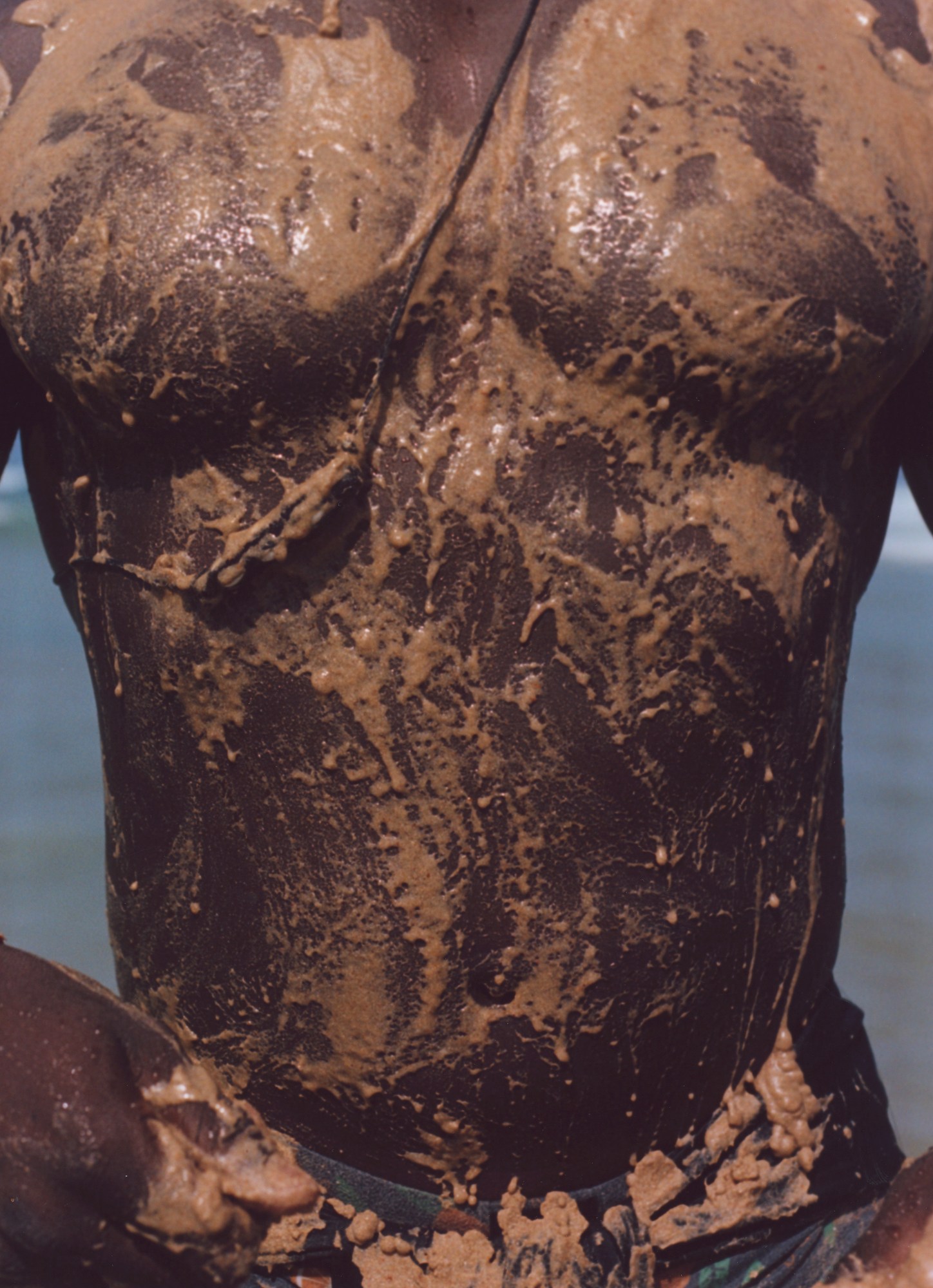
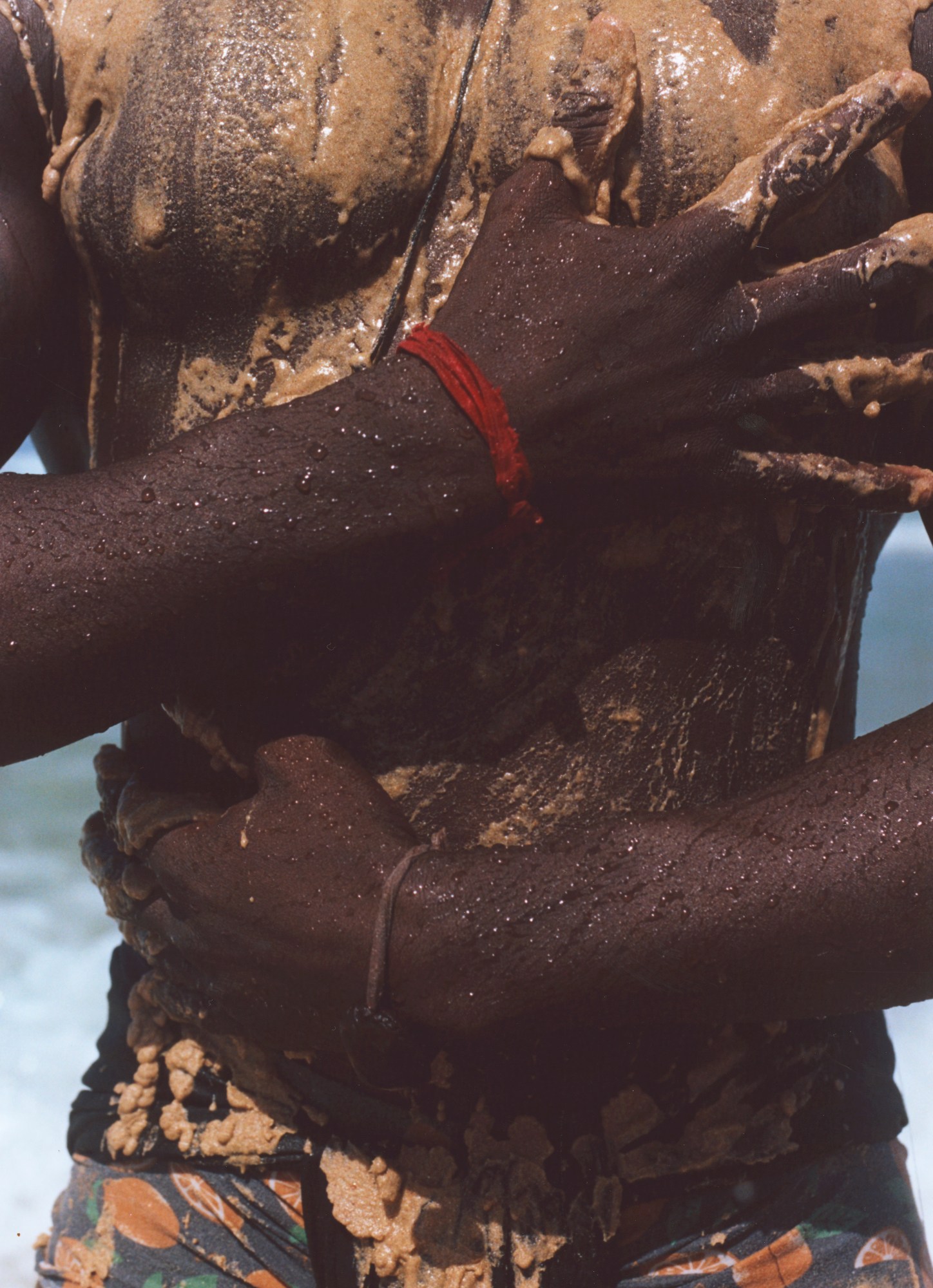
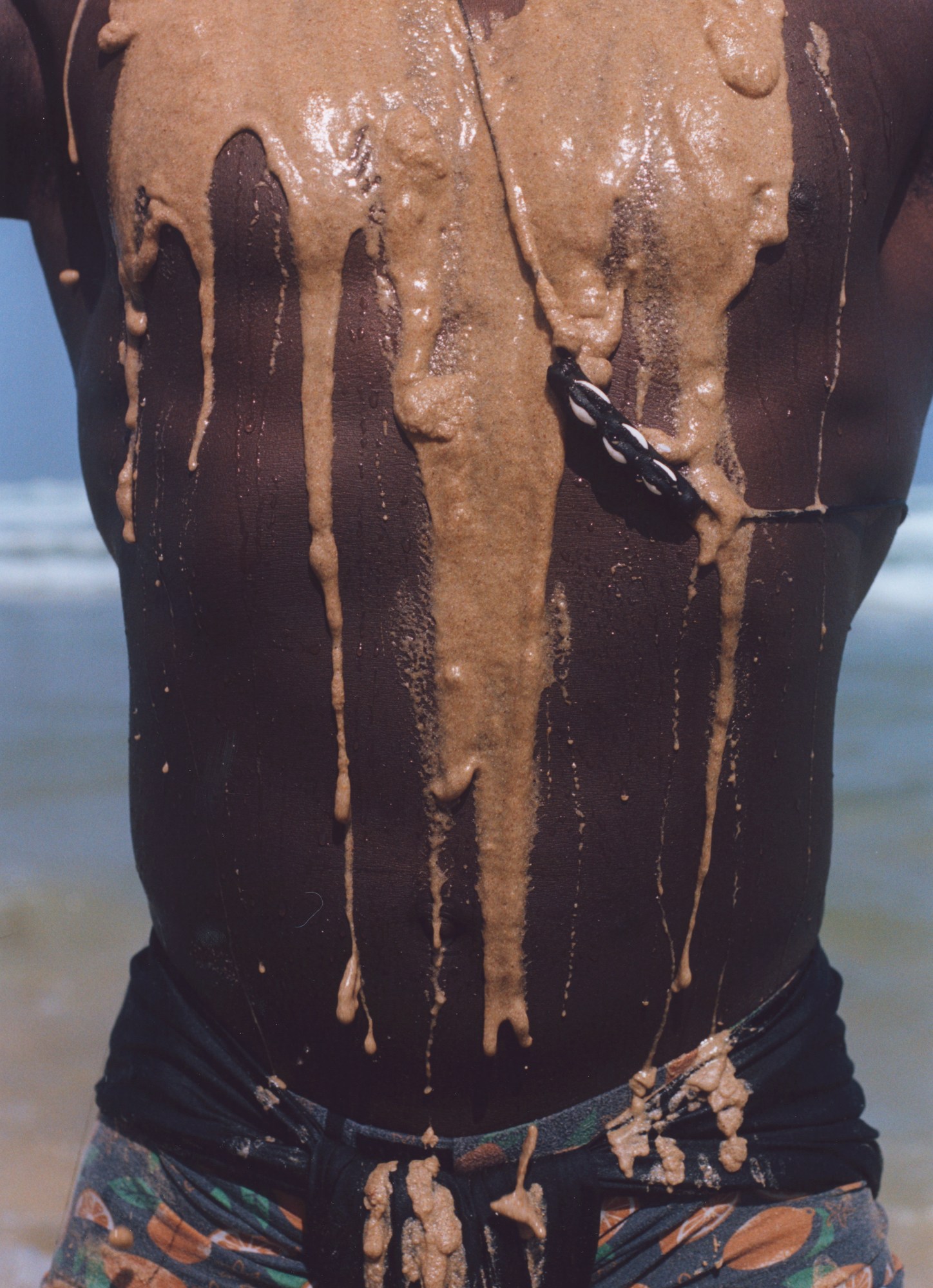





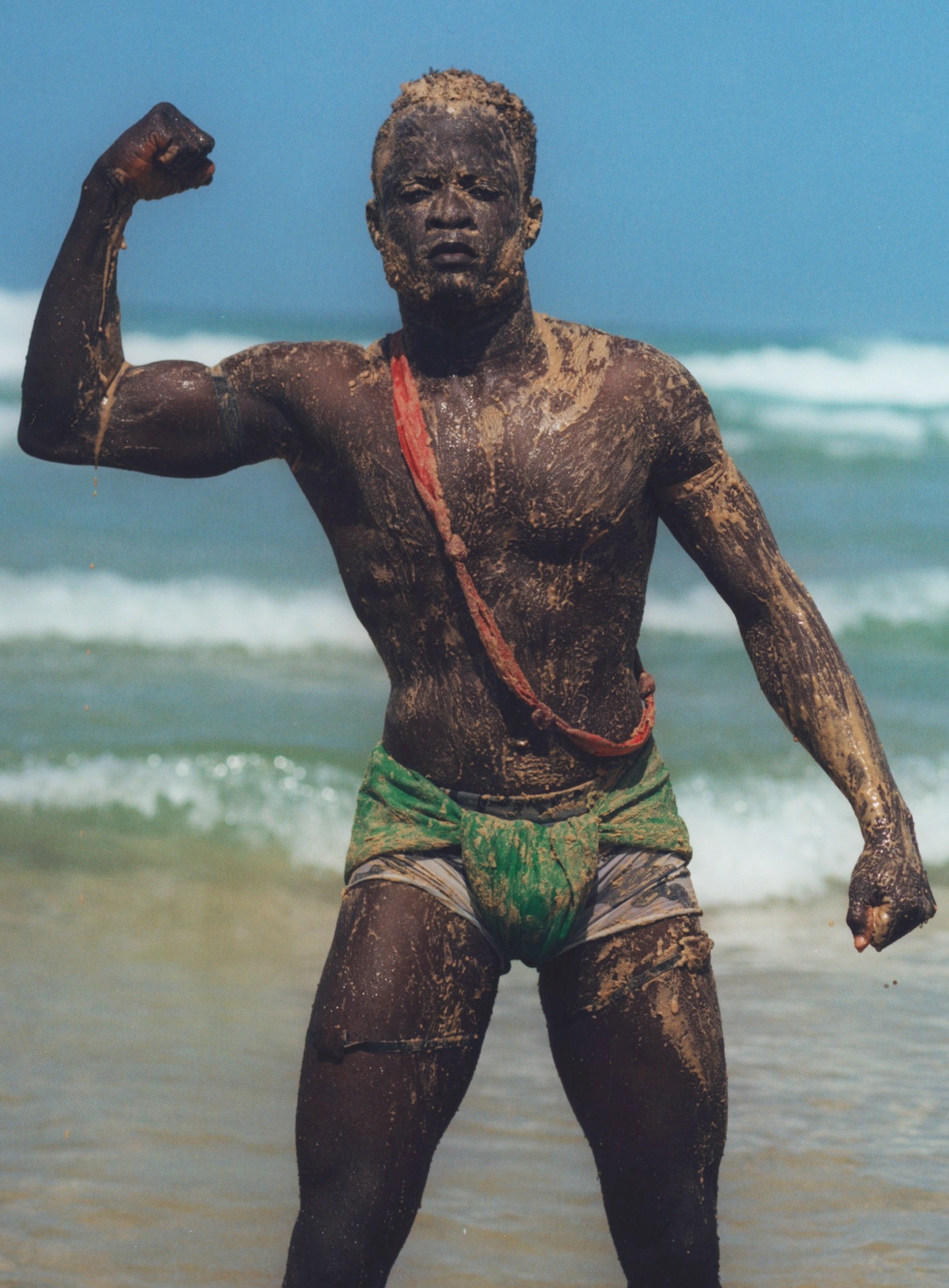
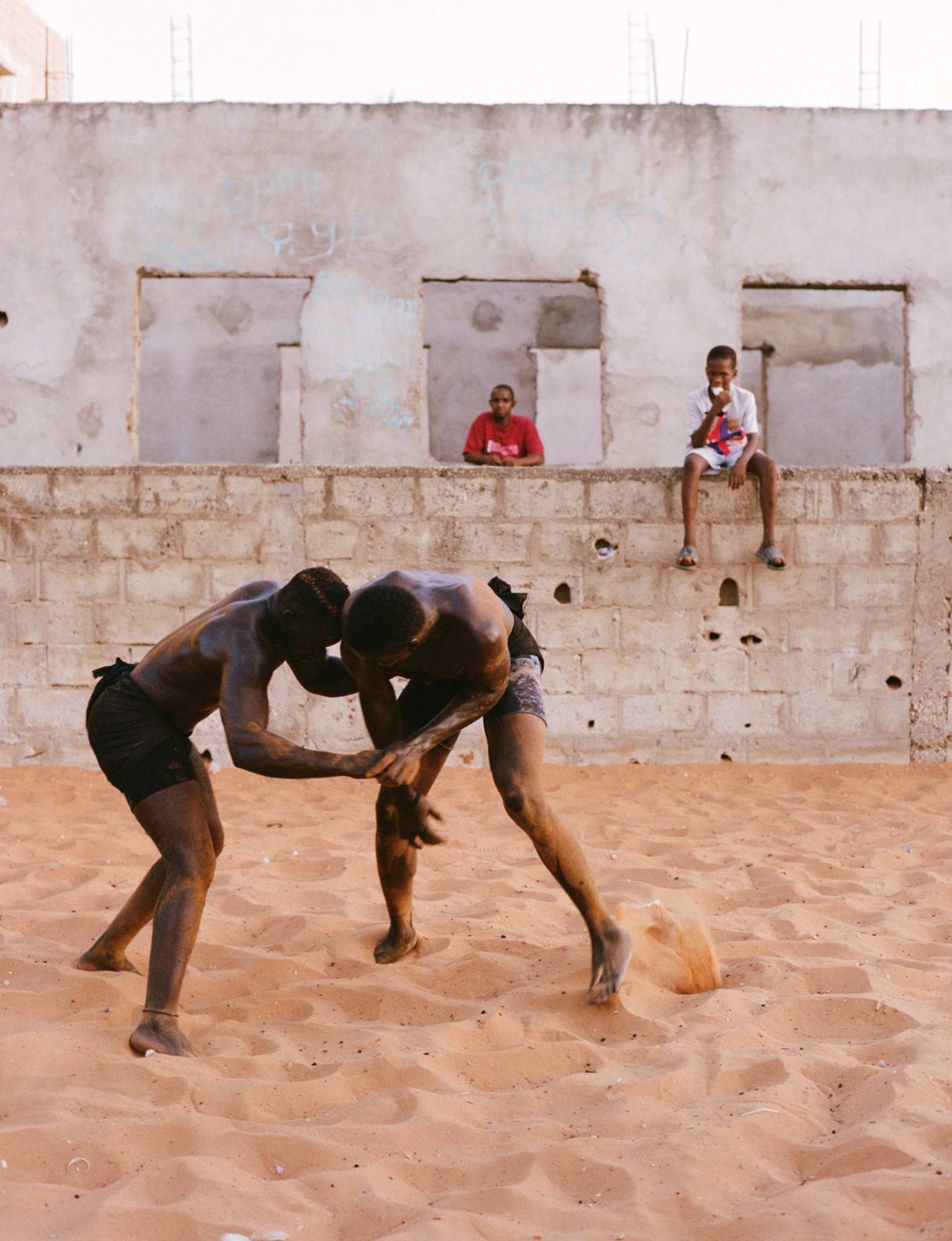

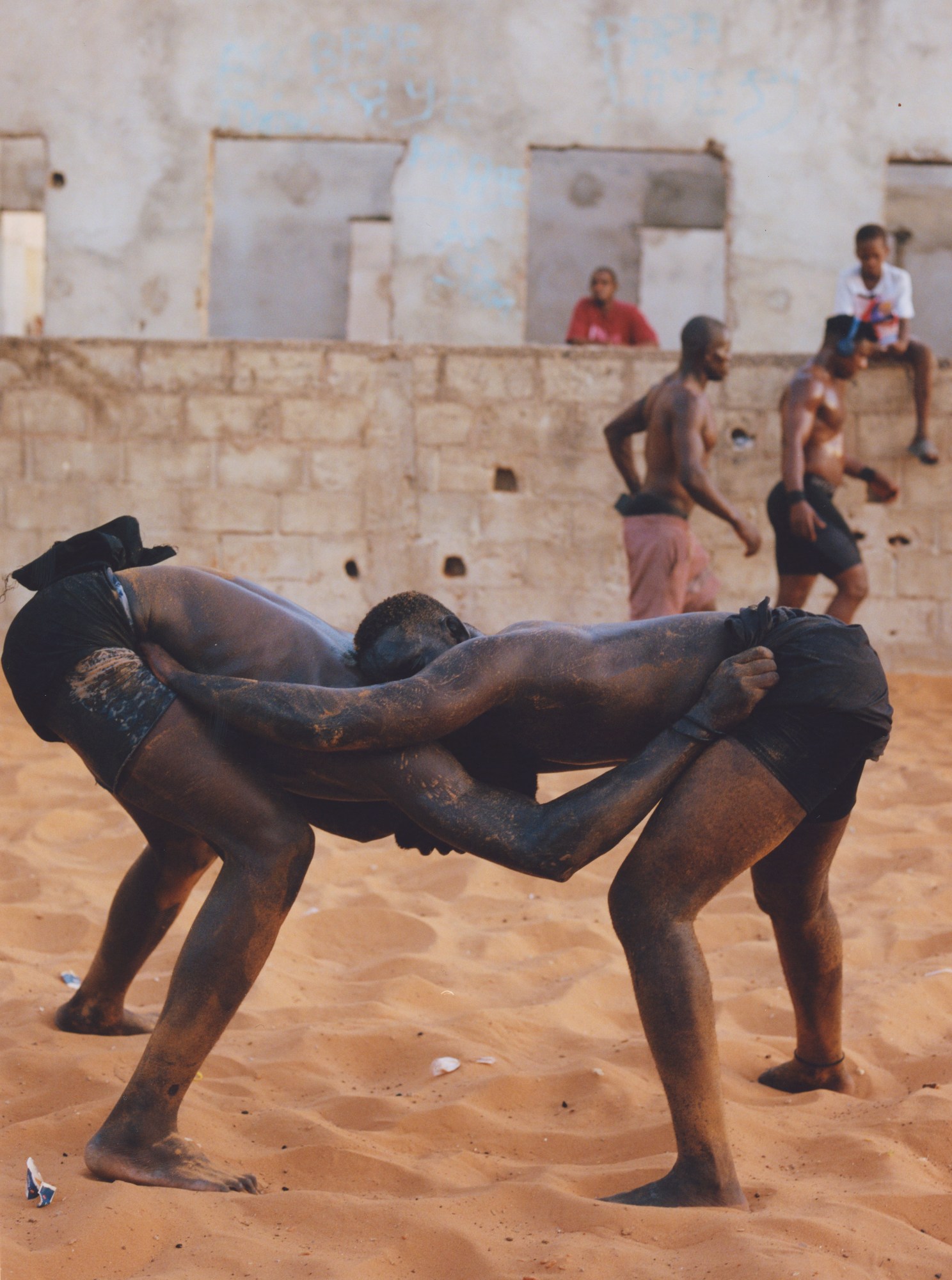
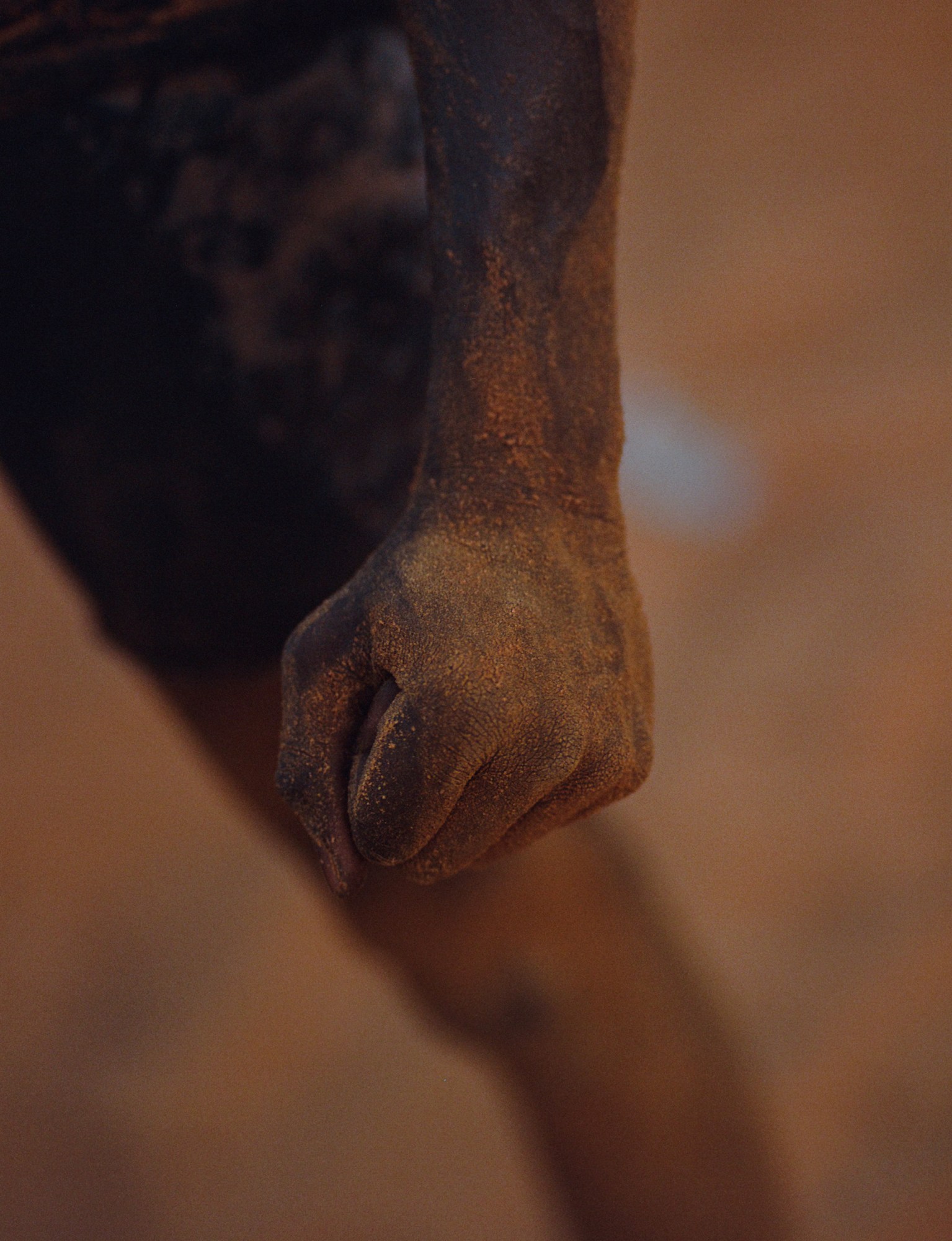




Mao noticed I was stressing out. He looked at me and laughed. A moment later, wrestlers poured out to greet me. We made our way into an alley, which broke into a yard full of sand, surrounded by buildings. As the sun set, young fighters began to spar. The contrast turned them into sculpted silhouettes. All I could do was keep loading film into my camera and shoot as much as I could. I’d take fighters aside for portraits, right after combat, capturing moments of rawness and fatigue.
My interactions with Mao felt like meeting a character from a side quest. Once I’d finished shooting, he put his hands up and told me “It’s your turn now,” which made me howl. I wouldn’t last wrestling for a second. Our friendship kind of happened by accident. Mao taught me to enjoy the moment, to stop taking things so seriously.
What about the project moved you?
I was especially moved by meeting Libass in his village on the day of his competition. After we met on the beach, he reached out and invited me to shoot his fight in the L’Arène Nationale, a massive arena in the city. I met some of Libass’s friends at a mosque, and we traveled to his home in a nearby village. When we arrived, it was packed: it seemed the entire town had crowded around Libass’s house, making it impossible to get to him. One of his friends told me to wait by a parked truck. I put down my gear and did just that. All of a sudden, there were drums and chants. The line outside Libass’s home was swelling and expanding, before splitting right in two. Libass emerged from the center, a white cloth suspended above him. Coloured liquids, the significance I wasn’t sure of, were covering his flesh. Libass grinned at me and hopped into the truck. I jumped in the bed too, with about seven others, including Cap Vert from the beach. As we took off, locals cheered, pouring into the streets, and kids began to chase us. We hurtled toward the highway, where a brigade of youth on motorcycles escorted us to the stadium, beeping and hyping us up. Driving through Dakar with euphoric strangers around me. Inside, the arena was full of young fans. They were wearing shirts and holding posters adorned with local wrestlers. We made our way to the ring, and I remember approaching the gleeful crowd with my camera. I watched wrestlers prepare for combat: more coloured liquids, stretches, and consultations with marabout, the spiritual guides of fighters. I was glad, in the end, that none of this was planned. These moments could never have been engineered sitting behind the computer. It felt like I’d entered another universe.
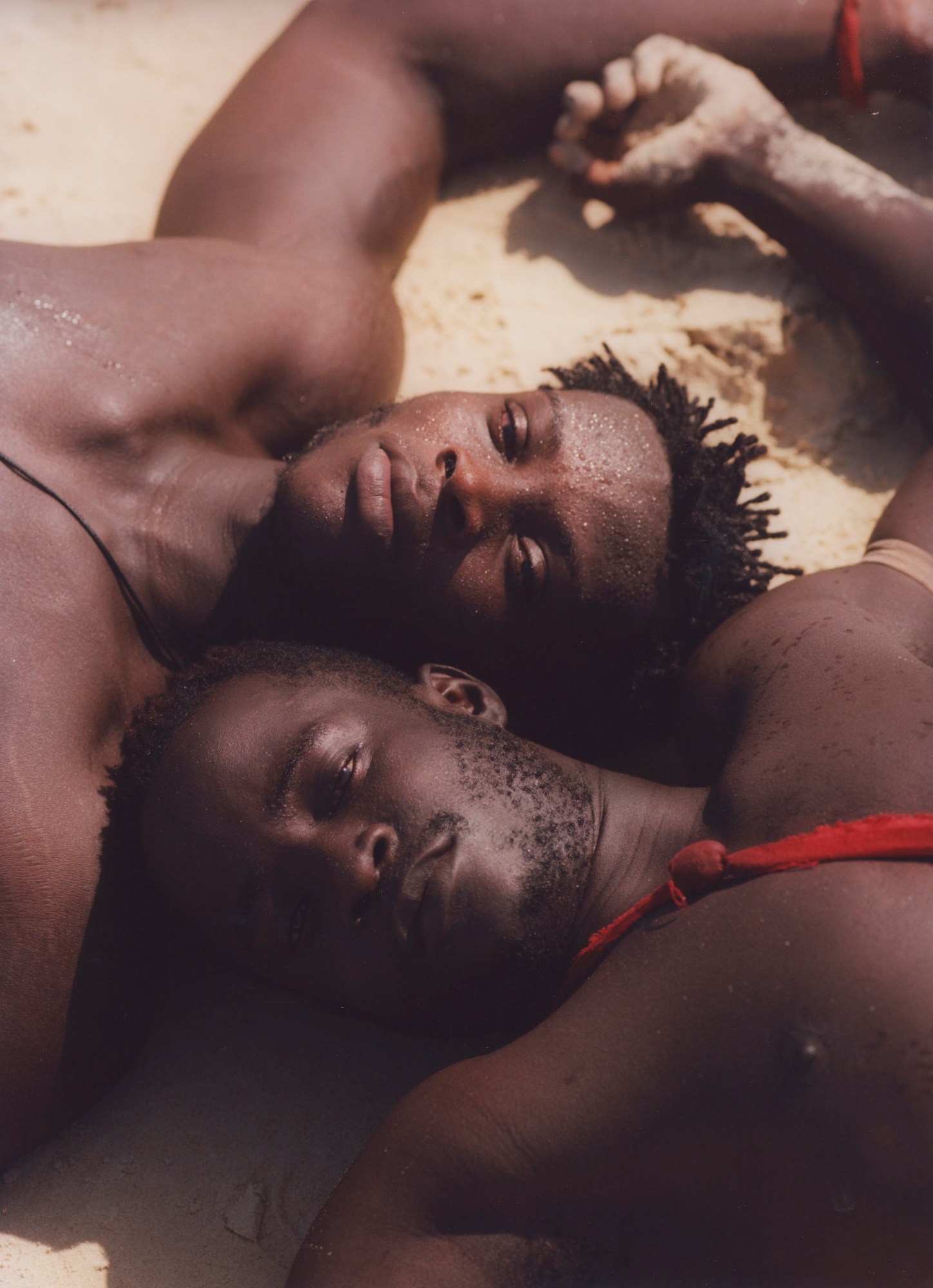
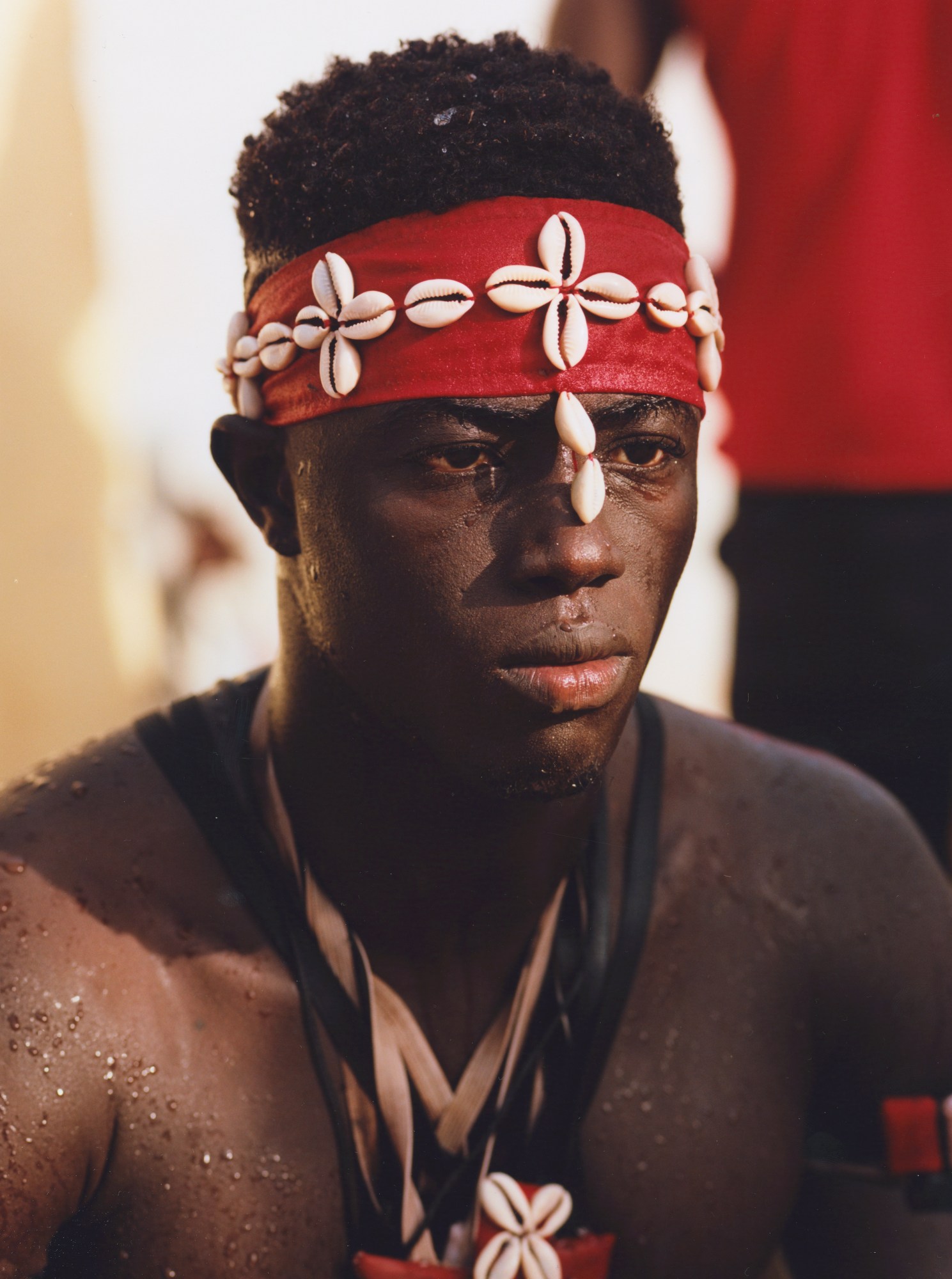
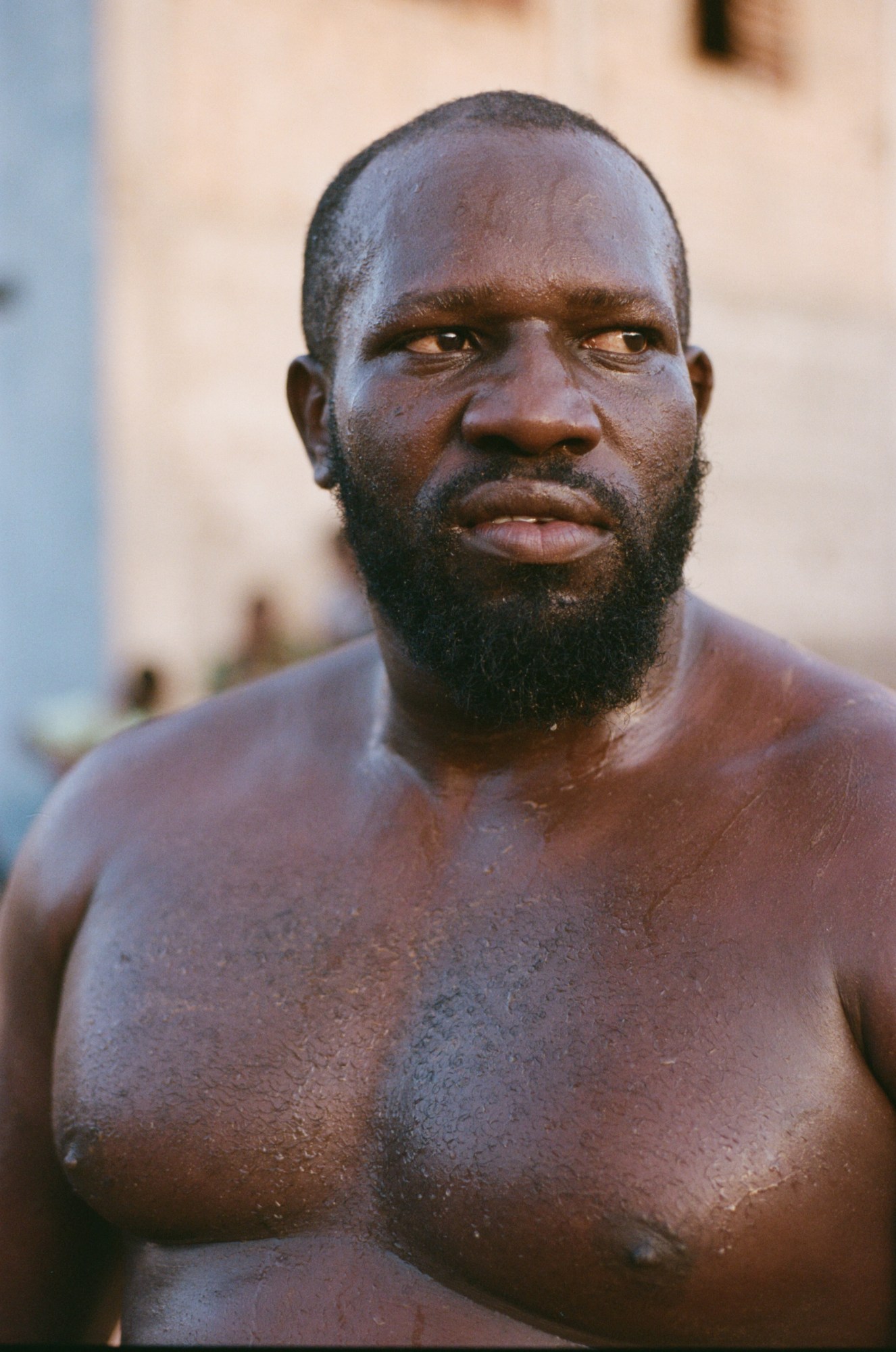









What’s the defining image or work of your lifetime, made by someone else?
“Parts Unknown” by Anthony Bourdain.
What is your favourite ƒ stop?
I don’t really have one, but I generally stay around the 8ƒ zone.
Tell us two things you love and one thing you’d change about what you do.
I love travelling and taking photos, but hate being connected to social media at the same time. I feel like it destroys the intention of traveling, of being present. As a creative, you’re praised when you feed into the instant-gratification machine, but for me, being constantly connected can get draining, even superficial. The more I travel, the better I get at channeling my energy to real experiences with real people. I’d be a hypocrite to completely write off social media, of course. What I’d change about what I do is to only use it when I really need to.
Who is your dream subject and why?
Richard James aka Aphex Twin, because his music has had such an impact on my life and yet he remains so mysterious. There aren’t too many interviews of him and I love his sense of humour.
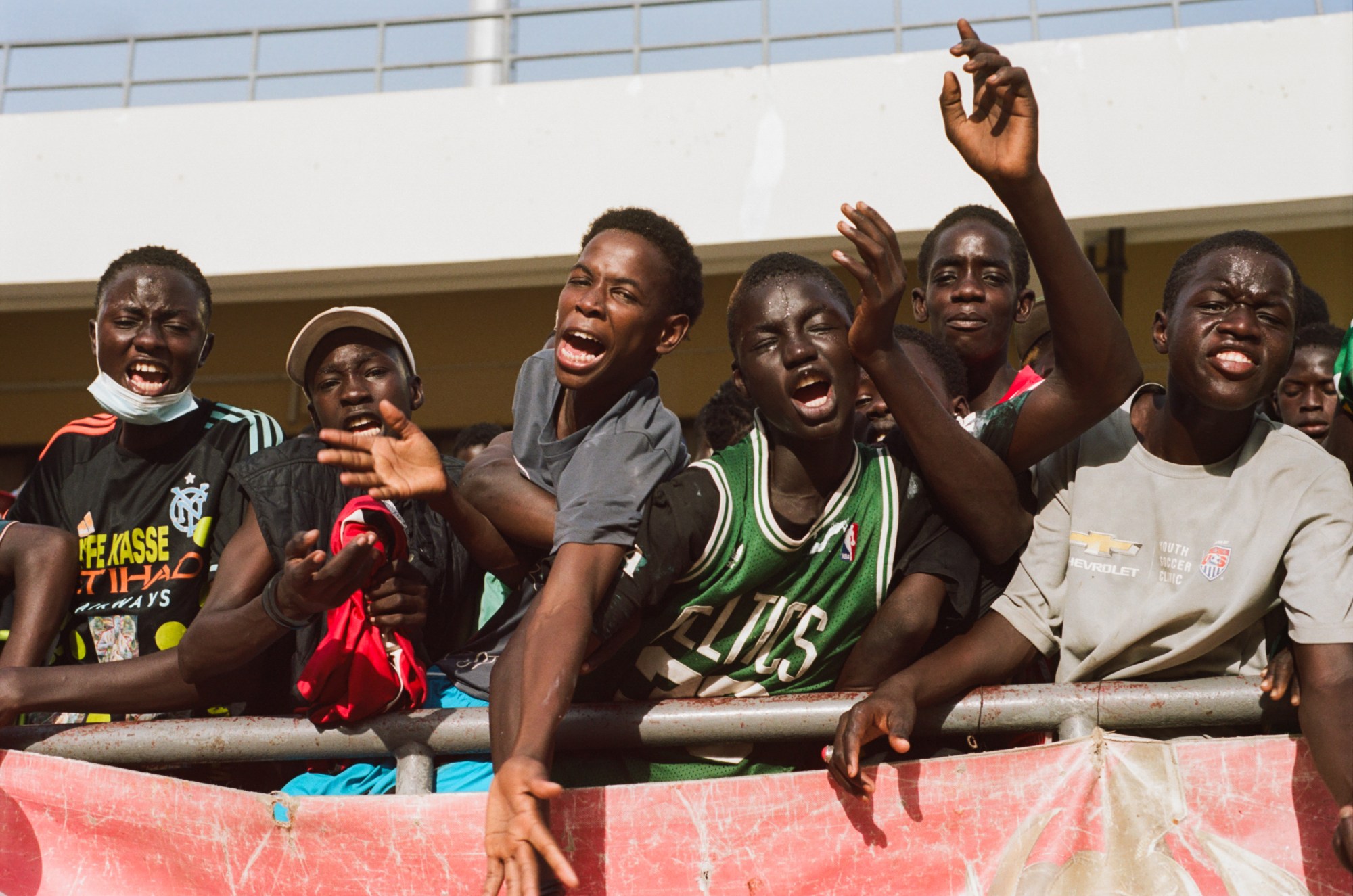
Credits
Words: Douglas Greenwood
Photography: Skyler Dahan
